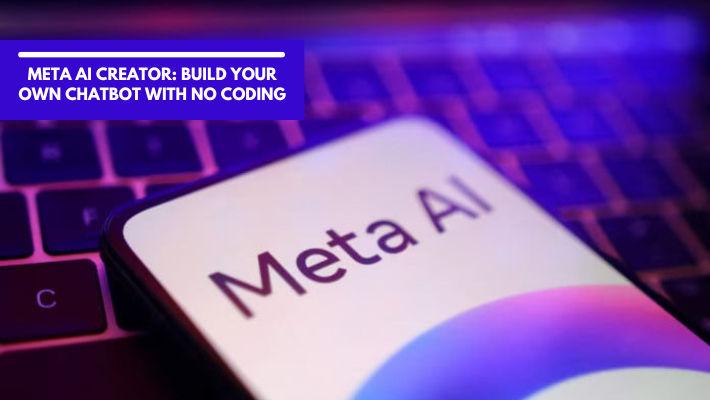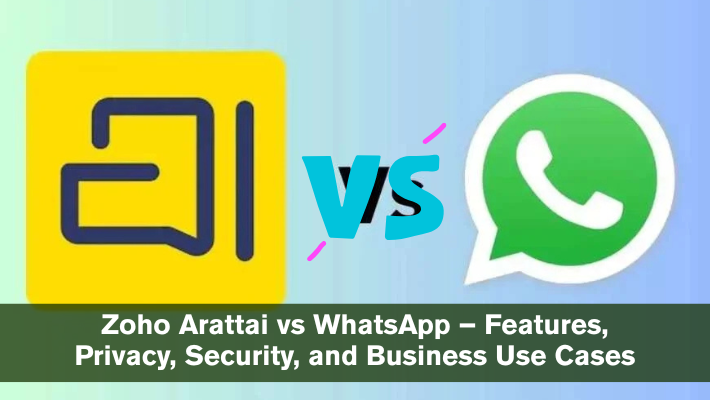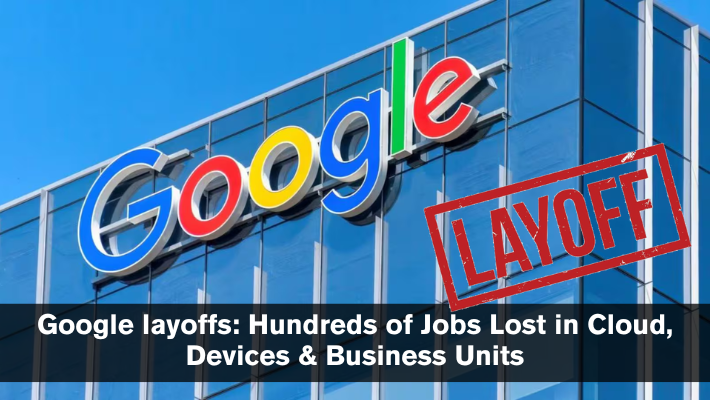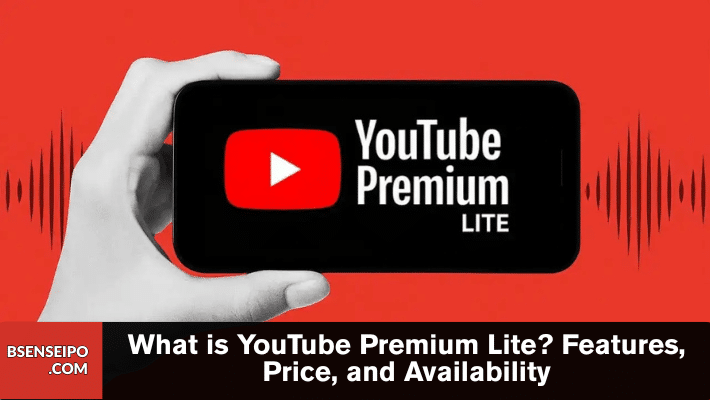Meta AI Creator — Empowering Everyone to Build Intelligent Experiences
In the evolving landscape of generative AI, Meta (formerly Facebook) is pushing boundaries with a new toolset: Meta AI Creator / AI Studio. The aim is ambitious yet simple: to let creators, influencers, small businesses, and everyday users build their own AI characters, assistants, or chatbots — no coding required. This article explores how Meta’s AI creator offering works, what features it includes, use cases, challenges, and its future direction.
How Meta AI Creator / AI Studio Works
AI Studio: Build Your Own AI Personas
Meta launched AI Studio, a platform where users can create, customize, and share AI characters or assistants. You begin with:
- A name, personality traits, tone, and avatar
- Templates or prompts (e.g. “travel guide”, “poet”, “technical assistant”)
- Optional constraints: content to avoid, topics, links or media to reference
- Option to make it public or private
Once built, these AI personas can operate across Meta’s ecosystems — Instagram, Messenger, WhatsApp, and web.
Creators can also build an AI version of themselves: a chatbot that answers DMs, responds to Story replies, gives information, or automates common interactions.
Integration & Infrastructure
Meta’s AI Creator is built on its Llama model stack (e.g. Llama 3.1) and is tightly integrated into the broader Meta product ecosystem.
Key infrastructure features:
- Cross-platform availability: You can use your AI persona in chats across Instagram, Messenger, WhatsApp, and in web interfaces.
- Voice & multimodal input: The new Meta AI app integrates voice conversations, letting users talk to AI instead of typing.
- Document support (in testing): Meta is experimenting with document import & analysis, letting AI read documents and respond.
- Discover feed & sharing: You can see how others are using AI personas, reuse prompts, remix ideas, share your AI with a public audience.
Use Cases & Applications
For Influencers & Creators
Creators can offload repetitive tasks like answering DMs, responding to common questions, sending automated replies, or giving fans a sense of “personal interaction” even at scale.
They might also embed their AI persona as a feature on their profile — letting fans “chat” with a version of them, or with a themed assistant (e.g. “Ask my cooking AI”).
Customer Support & Brands
Small businesses and brands could deploy AI personas to answer FAQs, guide customers, provide recommendations, or handle low-level support, reducing the burden on human support teams.
Personal Assistance
Individuals might build AI companions: a study buddy, a mental wellness check-in chatbot, a travel recommender, fitness coach, etc. Because customization is built in, you can dial in tone and knowledge domain.
Experimentation & Creativity
Users may also build entirely fictional or whimsical AI characters — “talking pets,” “storyteller bots,” or creative personalities as a fun experiment or social media gimmick.
Strengths & Competitive Differentiators
- Low barrier to entry: No coding required; use templates or natural language descriptions.
- Ecosystem leverage: Deep integration with Meta’s social apps means AI personas can live where people already are.
- Transparency & control: Meta plans to label AI responses and allow creators to set rules or constraints.
- Rapid iteration: Because everything is in Meta’s environment, they can push updates, moderate, and monitor usage.
- Voice + multimodal future: Support for voice, images, and document input gives richness beyond text.
Challenges, Risks & Considerations
- Hallucinations & accuracy: AI may produce incorrect or misleading responses. Proper guardrails and human oversight are essential.
- Moderation & abuse: AI personas could be misused (hate speech, misinformation, impersonation). Meta must enforce content policies.
- Privacy & data usage: The AI may learn from user inputs; handling sensitive or personal data responsibly is critical.
- Scalability & resource costs: Running many personalized AI models for many creators is compute-intensive.
- User adoption & trust: Users must trust AI responses and transparency (clear labeling, “AI vs human”) to adopt widely.
- Regulatory & liability: If an AI persona gives harmful advice, who is responsible — the creator or Meta?
Future Outlook & Roadmap
- Expanded capabilities: richer multimodal generation (video, 3D), emotional intelligence, more memory & personalization.
- Monetization models: paid tier for premium AI personas, subscription, creator revenue share.
- Inter-AI interaction: personas interacting with each other to create collaborative experiences.
- Integration with virtual/AR/VR worlds: AI personas may inhabit metaverse spaces or virtual environments.
- Stronger moderation & audit tools: real-time oversight, explainability, feedback loops.
Conclusion
Meta’s AI Creator / AI Studio is a bold step toward democratizing AI. Rather than locking smart agents behind APIs or closed tools, Meta is offering a platform where anyone can build, share, and use AI personas. While significant challenges remain — especially in safety, accuracy, and trust — this initiative may reshape how creators, brands, and individuals engage with AI on social platforms.




